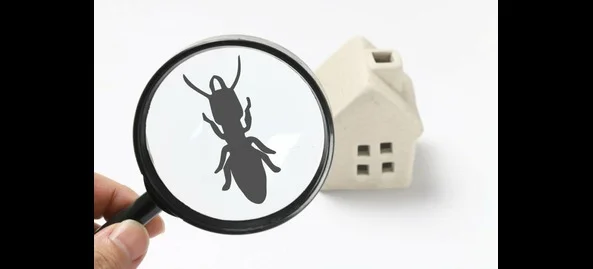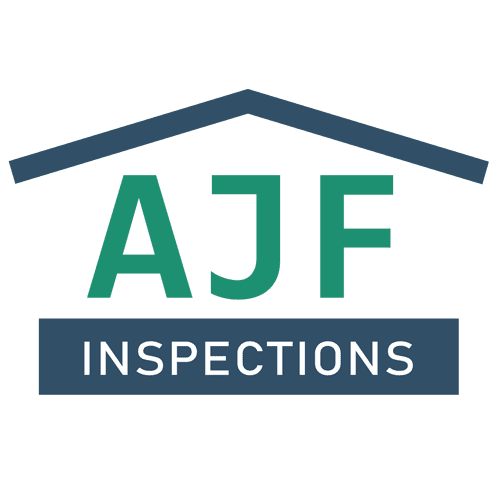
Termite Inspections: How Much Do They Cost and What Should You Expect?
Rampant termites are a common concern of buyers when closing on a home deal. Let alone buyers, homeowners, and sellers who aren’t afraid of these pesky pests. From ruining your furniture and wooden structures to disturbing your peaceful sleep, as in bedbugs, these tiny beings can shake your routine. That’s where a termite inspection comes in.
By the way, what is termite inspection exactly?
Take it as a checkup for your home, specifically focusing on wood-munching creatures called termites. With a termite inspection, you are proactive in catching termite colonies and their potential damage at your place beforehand. These unwanted pests can not only damage your home’s structures and marketability but also impact your family’s health.
Have you been putting off termite inspection by assuming it costs hefty?
Well, it doesn’t cost much more than your home and family’s security. There could be different factors affecting the termite inspection costs – we will discuss in a later section.
This blog by AJF Engineering covers most of your concerns regarding a termite inspection. What is it, how is a termite inspection done, and everything in between? By the end of this blog, you’ll be able to understand why you should consider it in the first place. So, without any further ado, let’s get started.
How Is a Termite Inspection Done?
During a termite inspection, the professionals track down their colonies, types, and the extent of damage they’ve caused to date. Based on their findings, they may suggest any preventative tips or any treatment to kick these pests off. Let’s understand how a termite inspection is done, starting from an initial inspection to covering the interior and exterior aspects.
Initial Inspection
The initial step is to check the history and background of your home. The experts collect information about your home’s age and condition. This helps them know the reason for this infestation and get inside insights into previous termite treatments. Based on this information, they will take a more specific approach according to your home’s needs.
Moreover, the inspectors will get a visual examination of your home exterior. Through this process, they will understand the common entry points of termites, signs of their activity, and potential areas of concern. This can lead them to detect mud tubes, termite droppings, and damaged wooden structures.
Once they are done with this visual examination, they will spend some time checking your landscape as it’s one of the common homes of termites. They will inspect your landscape for favorable conditions for termite growth. Such as vegetation, moisture level, and proximity of wood piles or other food sources.
Interior Inspection
During the interior inspections, the professional inspectors move around indoors, digging into every nook and cranny. And looking for any signs of existing or potential termite infestations. They specifically look for areas where soil and wood contact, such as crawl spaces or basements. This counts as initial signs of termite infestation.
After the in-depth analysis of entry points, the inspectors evaluate the home’s structures. They examine any home structures, like shingles, cabinets, furniture, joists, wooden beams, etc., for any visible signs of termite damage.
There are certain spaces in your home that are at high risk for termite infestation. This could be due to the prevalent wooden elements. These areas include attics, garages, and utility rooms.
Exterior Inspection
Inspecting the exterior elements for termites is essential as this is where they reside most often. The inspectors conduct a thorough inspection along the entire perimeter of your home. They look for mud tubes, wood damage, or other signs of termite tracks.
Termites often love residing in foundations. That’s why termite inspectors pay close attention to critical areas like foundations. They look into the foundational cracks, gaps, and other vulnerable areas that are working as termites’ homes.
That’s not it. The inspectors also assess any wood piles, debris, or tree stumps at your home. These are the potential hotspots of termite activity. The inspectors assess these areas to confirm your home says ‘no entry’ for termites.
Factors Affecting Termite Inspection Costs
Now that you understand what is a termite inspection and how exactly they are done. Let us quickly take you through the factors affecting termite inspection costs. From your home’s location to its size, every small or big factor contributes to its cost. So here’s the breakdown:
Geographical Location
Termite risks are all about your geographical location. The more humid the area, the more termite infestation. That, too, in every home of your society is not about a single house. Some areas are more prone to termite infestations than others. This results in more costly termite inspections and treatments.
Property Size
Bigger homes, like luxury houses, need more ground to cover during an inspection. It includes more number of rooms to inspect, a larger landscape, or nooks and crannies. So, it is understood it will take more time and effort for the inspectors to inspect your larger homes for termites. Thus, it directly impacts the inspection scope and costs.
Type of Inspection
Your inspection type also contributes to its costs. This means whether it’s a routine or specialized inspection. Or whether your inspection scope utilizes advanced technology or not. A routine check costs less than a specialized one. As in advanced technology, the costs are affected by the use of inventory like moisture meters or thermal imaging.
Accessibility of the Property
If your inspectors have difficulty reaching your property, it will cost them more fuel and transportation expenses. That’s why the inspection costs for an urban area are different from those of open spaces. Moreover, the accessibility to crawl spaces, basement, and other hotspots also counts during a termite inspection.
Type of Structure
The material used during your home inspection is also a factor to consider for termite inspection costs. Some materials, like wood, are naturally prone to termites. And some unique architectural styles are also more susceptible to termite damage than others.
Conclusion
In a nutshell, termite inspections are your home’s protection against silent invaders. We’ve covered the what, why, and how of termite inspections, so now the ball is in your court. If you haven’t had a termite inspection recently, consider it your home’s version of a checkup. It’s better to catch potential issues early than deal with the aftermath of termite damage. Scroll through our blog section to read more.
